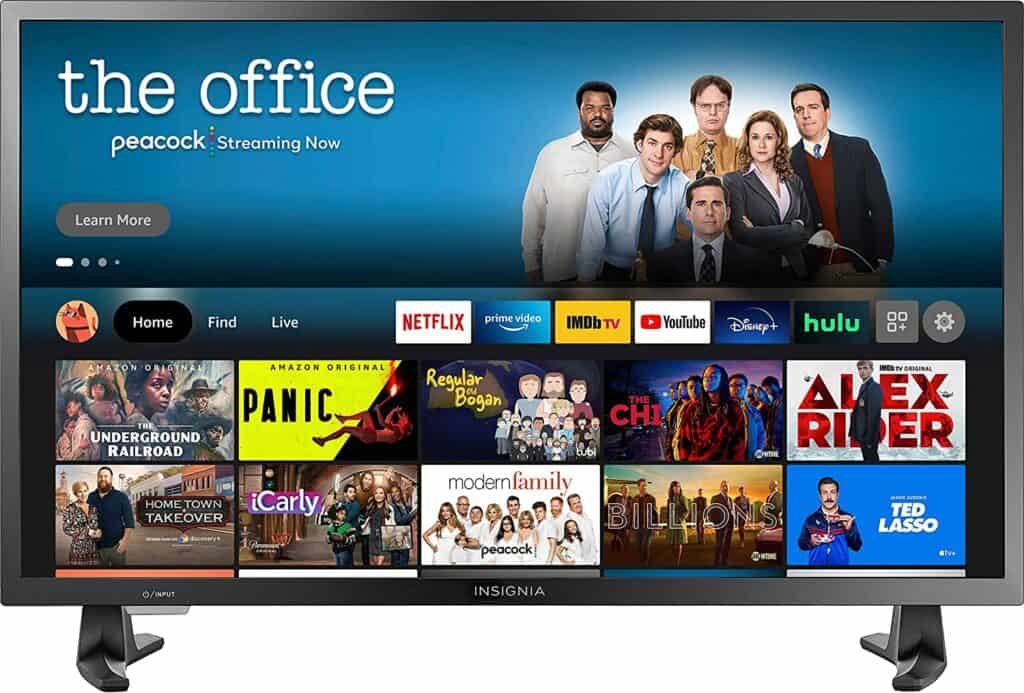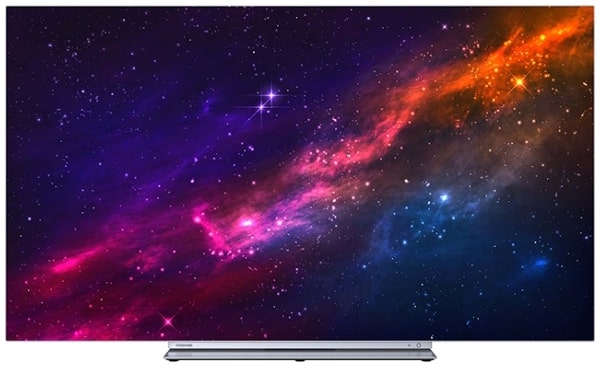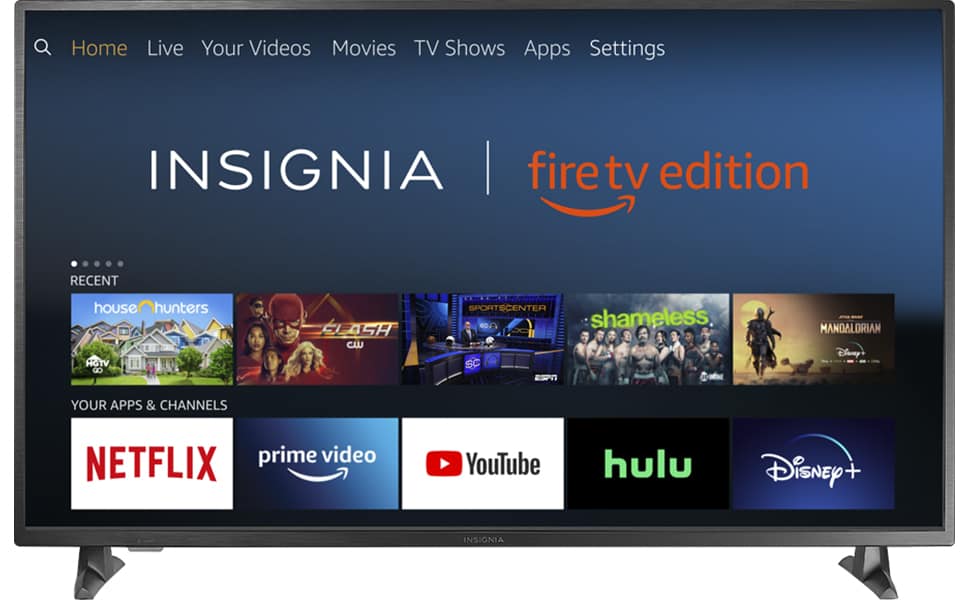If you want to buy a budget-friendly TV, you have landed on the right page! In this post, we compare Insignia vs Toshiba brands and help you choose the right TV for you. After reading the below, you will have enough information to choose your new TV wisely and according to your needs!
Insignia vs Toshiba – Quick Comparison
Insignia is a budget-friendly TV brand. The company offers affordable TVs with decent features. Basically, their TVs are based on the same technology as the most popular brands like Toshiba or Sony. However, Insignia has significantly lower prices. These TVs are worth considering if you are on a budget, but want to choose from a variety of features.
Toshiba manufactures a wide range of products, among which are TVs. They are mostly known as the brand that produces cheaper TVs, but they have more advanced high-end TVs, too. So, you can find Toshiba HD Ready TVs, but most of their models use Full HD technology.
Even though Toshiba can’t compete with the high-end TV sets from prominent brands like Samsung or Sony, they are still competitive in today’s market because they offer decent features at lower prices.
Insignia
Pros:
- Very affordable
- Great smart TV options
- Good reflection handling
- Ideal for children’s rooms because of narrow viewing angles
Cons:
- Poor sound quality
- Lack of premium 4K models
Toshiba
Pros:
- OLED technology and rich colors
- Ideal for dark environments
- Great viewing angles
- More inputs compared to Insignia TVs
Cons:
- More expensive than Insignia TVs
- Poor reflection handling
Features Face to Face
Panel Technology
Insignia TVs are based on LED technology. In general, LED stands for light-emitting diodes. LED TV is an advanced LCD TV. LCD panels consist of two plates with liquid crystals in between them. When electricity is applied, they begin to move.
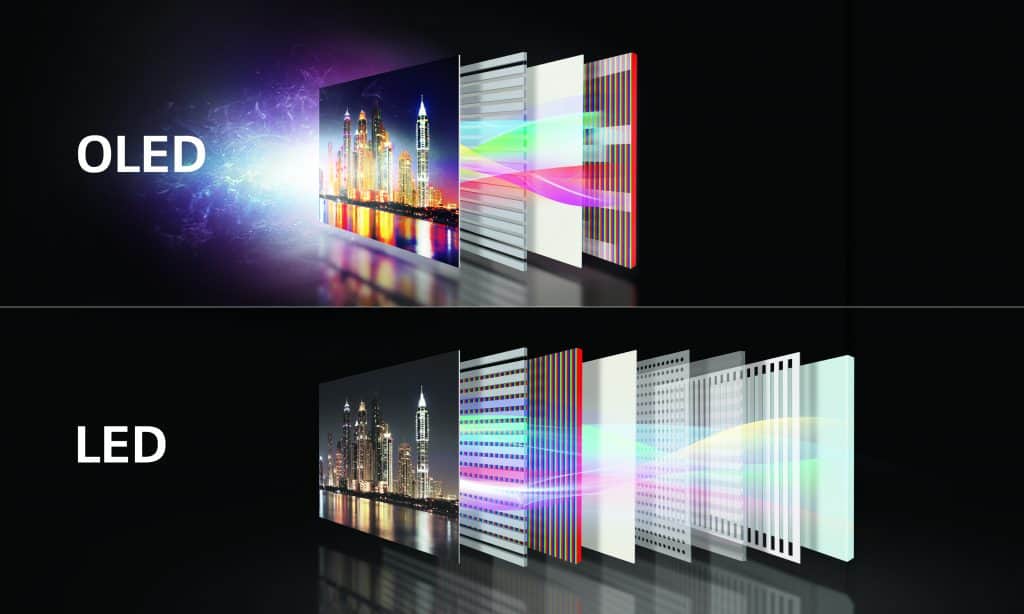
Most Toshiba TVs are based on LED technology, as well. But, unlike Insignia, Toshiba offers TVs with OLED technology. They use LG display panels, so users can expect realistic images. Since Toshiba went one step further regarding this technology, they are an obvious winner in this segment.
Winner: Toshiba
Image Processor
The newer Insignia TV models contain MediaTek MTK T31/L TV processors with ARM Cortex-A55. This is a quad-core processor with a speed of 1.5GHz. The MediaTek MTK T31/L is a SOC processor, which means system-on-a-chip. In other words, the processor integrates all key components of the system such as GPU, USB controller, power management, and so on.
Most of the Toshiba TVs use CEVO ENGINE processors, consisting of six cores (ARM Cortex-A9) and run on up to 600 MHz. These processors can provide excellent image quality and 3D functions.

But, Toshiba raised their game on a new level with new CEVO 4K quad+dual core processors. They are proud of their amazing image upscaling ability. These processors can upscale Full HD images to near-Ultra HD quality. It means they can enhance colors, texture, black levels, and brightness while reducing the blurring to provide great image quality.
Winner: Toshiba
Motion Technology
While many people pay too much attention to screen size and resolution, there are other vital things to consider. Besides the high-quality picture, you probably want to have smooth motions on your screen. When you watch your favorite TV content, you don’t want to see flickering. For that reason, you should pay attention to refresh rates.
The most common refresh rates are between 60Hz and 240Hz. Unfortunately, almost all Insignia TVs have 60Hz refresh rates. This doesn’t mean poor picture quality but less fluidity during rapid movements. So, if you like to watch action movies or sports content, Insignia TV’s may not be the right solution for you.
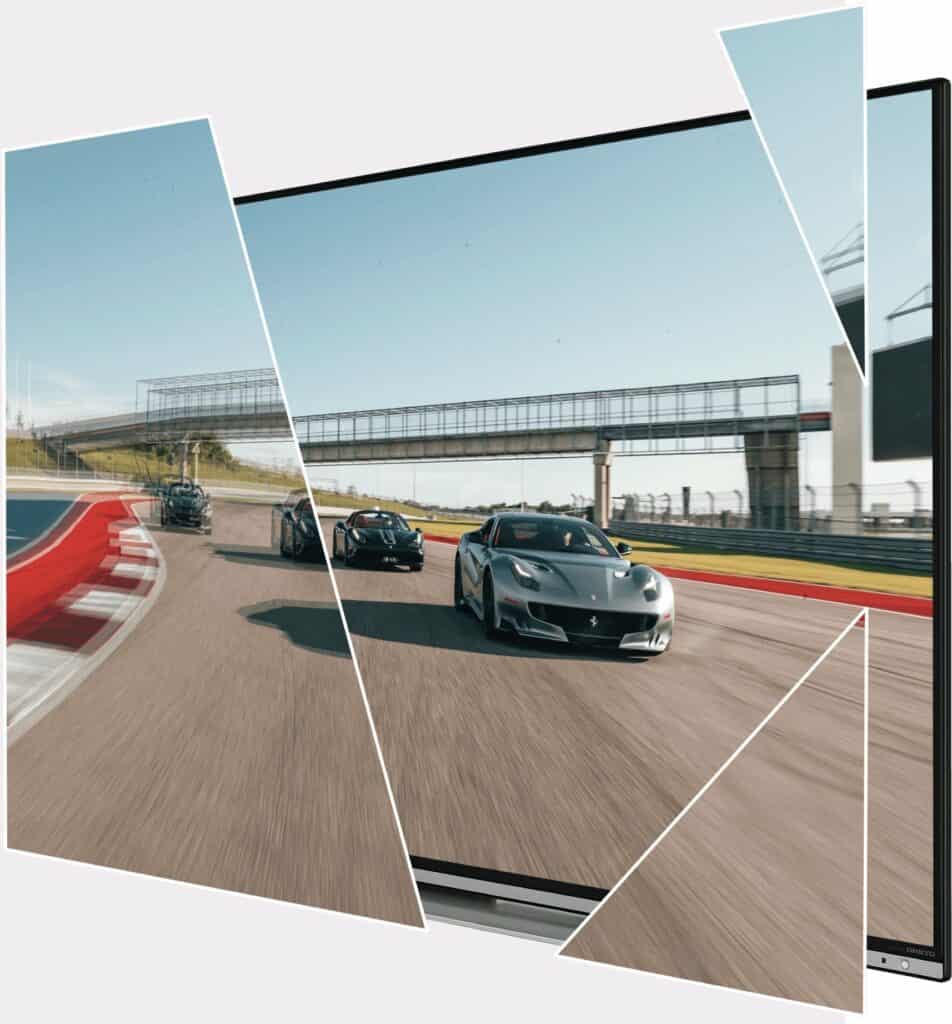
Toshiba, on the other hand, has TRU Flow technology to smoothen the action scenes packed with fast-moving objects and fast scene changes. TRU Flow includes the MEMC technology (Motion Estimation, Motion Compensation) to provide images with smooth motions.
Winner: Toshiba
Picture Quality
In general, most Insignia TVs support 720p and 1080p resolutions. But a small percentage of Insignia TVs come in 4K resolution. Usually, more expensive models with larger screens support 4K resolution. Although, the differences between the price of Full HD and 4K TVs are minimal.
So, if you want a big Insignia TV to play games or watch movies, it is recommended to choose 4K resolution over HD. Full HD content on large TV screens can lead to a poor viewing experience.
Toshiba offers a wide range of different TV resolutions. They have a variety of HD Ready TVs which are a great solution for small rooms and bedrooms. There are also Full HD resolution TVs which are quite enhanced when compared to HD Ready and therefore have better image quality.
Above all, Toshiba offers premium models with UHD 4K resolution. They are four times better than Full HD. The 4K resolution combined with the OLED panel provides a superior TV experience, which you can’t find among Insignia TVs.
Winner: Toshiba
Contrast ratio / black level
A contrast ratio represents a relation between black and white color. For instance, a contrast ratio of 1000:1 means that the white is 1000 brighter than the black. The higher the number, the better the contrast ratio.
The contrast ratio of Insignia TV models ranges from 1000:1 to 5000:1. Toshiba also has TVs with a contrast ratio of 1000:1 and higher. However, the best example is the Toshiba Fire TV 2018 which has a contrast ratio of 5028:1.
Winner: Toshiba
Local Dimming
All movie lovers like to watch their big TV screens in dark environments. The same goes for gamers. Whether you are a game or a movie fan, it is recommended to pay attention to the local dimming functionality. This feature makes dark colors even darker in dark environments. As a result of this feature, you won’t notice grayish black when watching movies.
Unfortunately, Insignia usually doesn’t use the advantages of this technology. However, their TVs, especially 4K models, are able to produce deep blacks. But if you are a big fan of dark scenes, which most often appear in genres such as horrors or thrillers, you may notice the lack of this feature.
Toshiba uses TRU Micro Dimming which focuses on different parts of the screens, which improves the image contrast. This technology provides dynamic contrasts, deep blacks, and a lot of detail in both darker and brighter scenes.
Winner: Toshiba
Peak Brightness
Peak brightness is the maximum brightness of the TV screen. Maximum brightness is an important factor that can tell us how a TV performs in a bright environment such as the living room. Higher brightness means the TV’s ability to deliver brighter images in bright environments.
We usually test peak brightness on SDR or HDR content. Insignia TVs deliver good SDR peak brightness. However, these TVs are not able to deliver enough brightness when it comes to HDR content. But keep in mind that only a few expensive Insignia models support HDR.
Toshiba TVs use the Dolby Vision technology which is trying to beat the HDR 10 in the TV industry. What it tries to do is to make, not static, but dynamic contrast. As a result, the scenes in the 4K resolution are processed better, with a lot of detail.
Winner: Toshiba
Color
You can use Insignia TV’s general settings to adjust the picture quality according to your needs. If you want to connect the TV to your PC or to play video games, you can choose the PC mode. Additionally, there is the motion processing option, to make movements on the TV more fluid. Many Insignia TV models provide 30-60 fps, which is a good range.
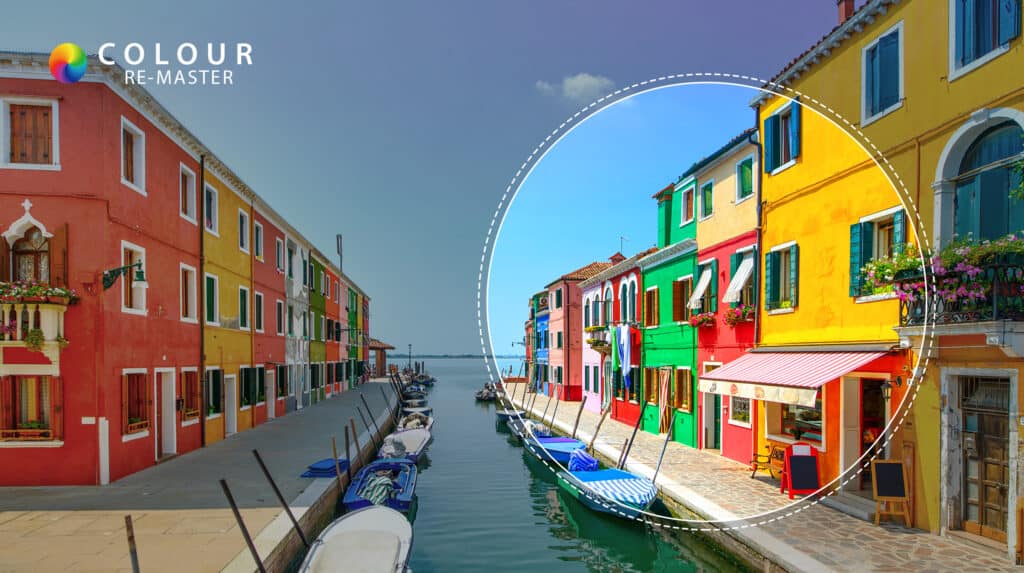
Toshiba, on the other hand, claims that their TVs offer a wide color gamut so they can show a lot of colors. In fact, they claim that each color on their TVs shows up to 1,024 shades. That grants more accurate color on the display. But the quality of the picture depends on other factors, as well.
Since Toshiba uses Dolby Vision HDR, the colors are more accurate, blacks are darker, whites are brighter, and contrast is good, overall. But this is only the case with the premium models. The cheaper models are not as impressive. So, in Toshiba’s range, you can find anything from average color quality to superb color quality.
Winner: Toshiba
Viewing Angle
When you want to invest in a TV that will be watched by more than one person simultaneously, you need to pay attention to viewing angles. If you choose to buy an Insignia TV, you can experience color washout or brightness loss at different angles.
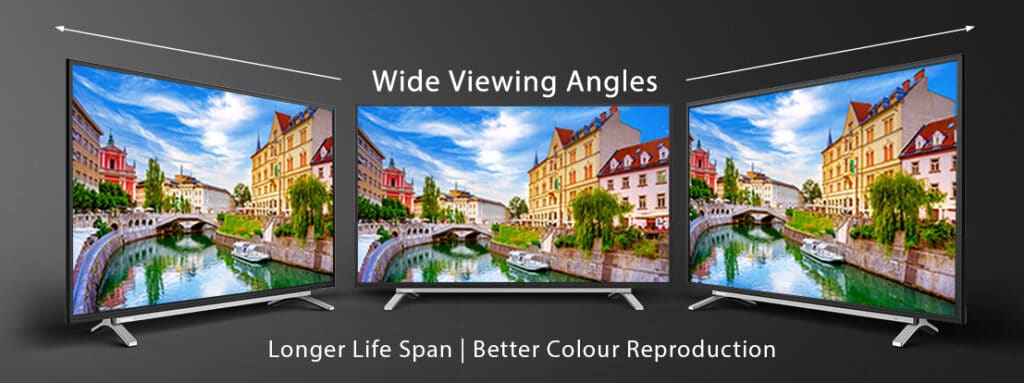
Since Toshiba offers a wide range of TVs of different quality and at different prices, the viewing angle varies. Toshiba was struggling with viewing angles, but over time they managed to provide an average experience when it comes to viewing angles.
As we mentioned earlier, Toshiba offers OLED premium TVs which are enhanced in almost every segment. Therefore, they offer a wider viewing angle, as well.
Winner: Toshiba
Reflections / Anti-glare
Light-tolerant TVs are always in demand especially for people who have rooms with large windows. Sometimes, watching TV in this environment is almost impossible. So, before you buy a TV, you need to find out how it handles reflections.
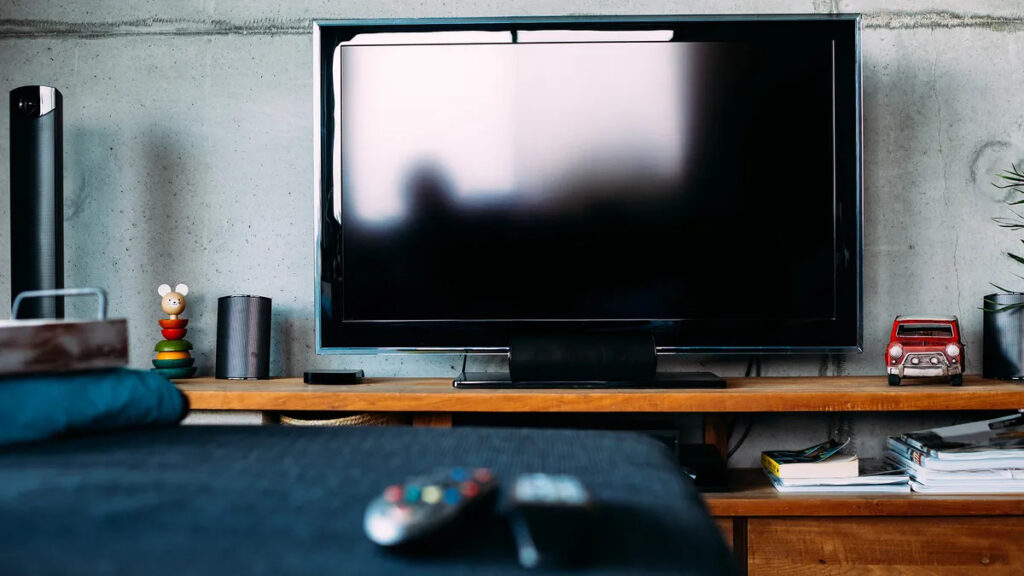
Insignia TVs are good at handling reflections. If you have an average lit room, an Insignia TV might be a good choice. When it comes to Toshiba TVs, most of the TVs can handle the reflections very well. Again, it depends on the model and you can’t expect too much from the cheaper versions.
Winner: Insignia
Sound Quality
The output power of built-in speakers is between 5W and 10W when it comes to cheap Insignia TVs. More expensive models come with speakers that have an output power of 20W. However, when compared to Toshiba speakers, the audio quality is low. Therefore, it is recommended to buy a soundbar.
Toshiba TVs boast Dolby Audio Processing technology and the Onkyo speakers which overall provide a great experience. Dolby Audio Processing provides virtual surround and balanced sound by using volume leveling. Premium TVs have a subwoofer and speakers with 42 W power.
Winner: Toshiba
Smart TV Platform (Operating System)
Insignia runs on Fire TV or Roku TV. If you want to buy a decent smart TV at the lowest price, Insignia is a perfect choice. At the first glance, the Amazon Fire TV is very fast and fluid. It comes with apps such as Hulu, Netflix, PrimeVideo, YouTube, Apple TV+, Disney+, and Sling TV.
You can control the system via Amazon Alexa and voice control on the remote. On the other hand, Toshiba TVs run on Android TV, Fire TV, and recently VIDAA Linux-based operating system.
Which one is better, Toshiba Fire TV vs Insignia Fire TV, depends on your personal preferences. Both systems provide enough options to let you enjoy premium features such as watching 4K YouTube videos and Netflix series or movies. However, in this segment, Insignia offers good value for the price.
Winner: Insignia
Connectivity
Both models have WiFi. You can easily get connected to the internet and use your favorite apps and streaming services. Toshiba also has a lot of built-in apps, such as Netflix, YouTube, Prime Video, and Freeview Play. Since both brands offer WiFi connectivity, neither of them prevailed.
Winner: Draw
Inputs
In general, Insignia TVs come with 2 to 3 HDMI inputs and one USB port. If you have a lot of external devices to connect to the TV, Insignia might not be a good choice.
| Insignia | Toshiba | |
|---|---|---|
| HDMI Inputs | 2-3 | 2-4 |
| USB Ports | 1 | 1-2 |
| Antenna Input | Yes | Yes |
| Headphone Jack | Yes | Yes |
Toshiba, on the other hand, comes with up to 4 HDMI ports and 2 USB ports. Older models usually have 2 or 3 HDMI ports, but newer models mostly come with a combination of 4 HDMI ports and 2 USB ports. Therefore, Toshiba is clearly more diverse in this segment.
Winner: Toshiba
Voice Assistants
Insignia TVs come with the Insignia Voice Remote, which is voice-enabled. It is effortless to use. The users are very satisfied with the voice search feature. The Fire editions come with a remote control that is Alexa-enabled and has Netflix and Amazon Prime buttons.
Today, almost all TVs come with voice-enabled remotes with dedicated buttons for the most popular streaming apps. But, Toshiba decided to take it one step further. In 2018, they announced they would work with Alexa to enable voice-controlled features. Today, you can control many of their TVs without using your hands.
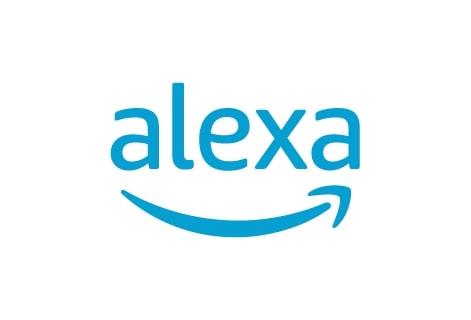
Winner: Toshiba
Wireless technologies
Both TV brands support the same Wi-Fi technology (2.4GHz and 5GHz) and have built-in Bluetooth. So, in this segment, both brands are basically equal.
Winner: Draw
Price
In general, both brands are considered budget-friendly TV brands with a wide selection of TVs under $1,000. However, Insignia is still offering very cheap TVs, but without high-end options.
Toshiba offers a vast range of TVs at different prices with one crucial difference – they have high-end premium TVs. These, naturally, are more pricey.
Therefore, if the price is your only criteria, then Insignia is the way to go. If you look for a good quality-price ratio, then Toshiba might be a better option.
Related Read: Our Insignia vs Samsung comparison
Conclusion
To help you make the right decision, we have concluded this article with the most important information regarding this Insignia vs Toshiba comparison.
Get an Insignia TV if you:
- Want a decent 4K or Full HD Smart TV
- Don’t want to spend a lot of money
- Like to watch SDR content
- Your TV is placed in a bright environment
Get a Toshiba TV if you:
- Prefer OLED panels and rich colors
- Love to watch TV in a dark environment
- Have a lot of external devices you want to connect to the TV
- Like pleasant sound with strong bass
- Want to watch the TV with friends and family
